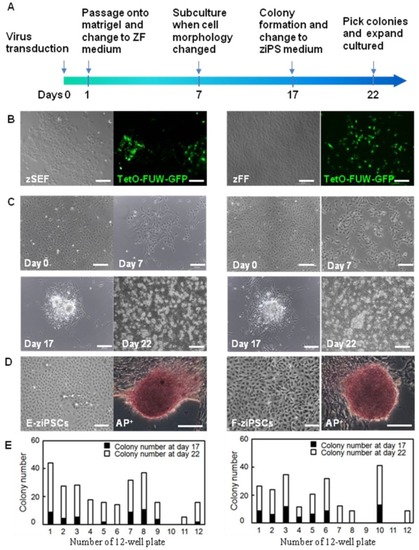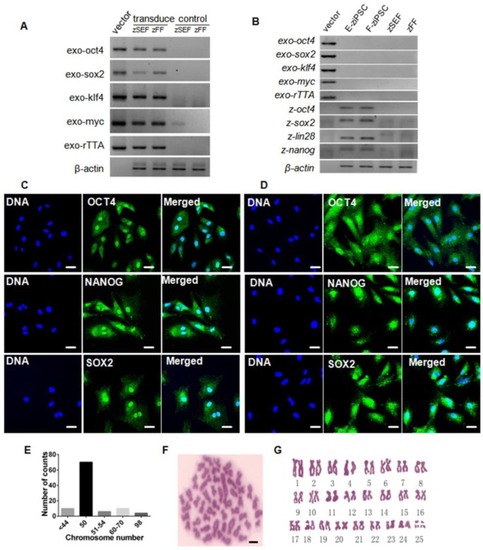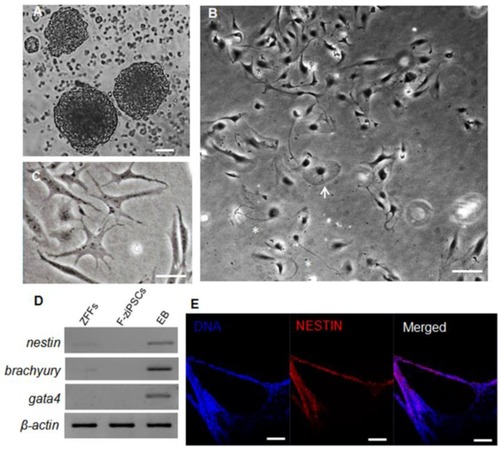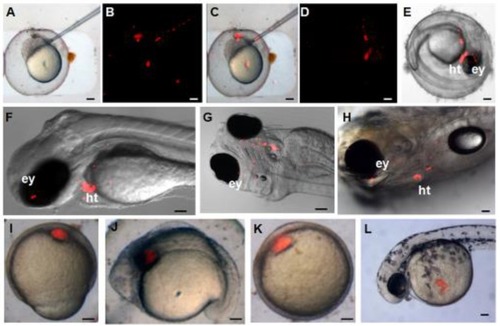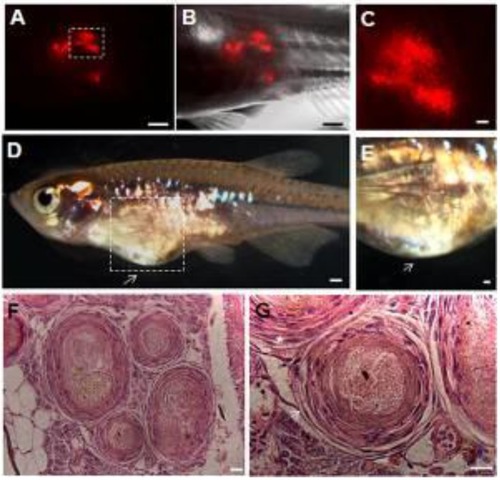- Title
-
Generation of Stable Induced Pluripotent Stem-like Cells from Adult Zebra Fish Fibroblasts
- Authors
- Peng, L., Zhou, Y., Xu, W., Jiang, M., Li, H., Long, M., Liu, W., Liu, J., Zhao, X., Xiao, Y.
- Source
- Full text @ Int. J. Biol. Sci.
|
|
|
|
|
|
|
|
|
|

